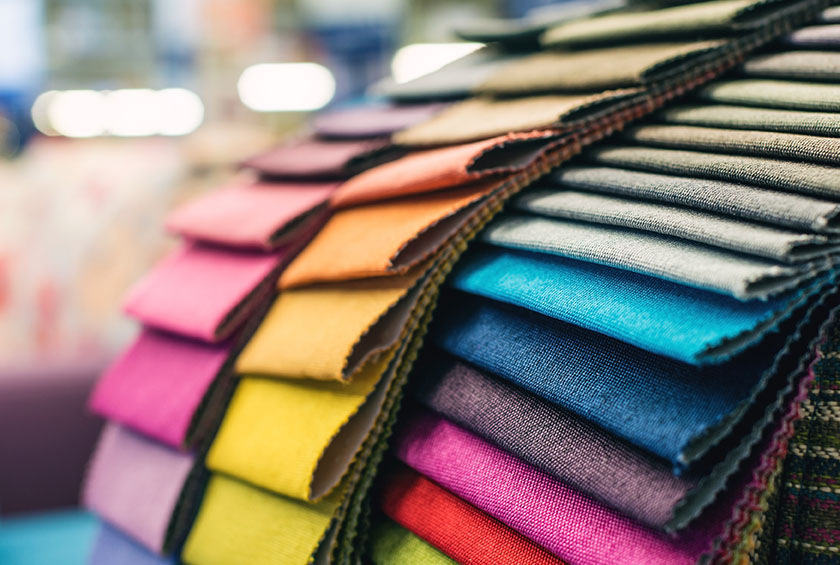
< Back
fabric
Definition
Fabric is a material made by interlacing two or more sets of yarns or fibres. The properties of a fabric depend on the type of fibre it is made from, the way it is woven or knitted, and the finishing treatments it undergoes.
Fabrics are made from natural fibres such as cotton, wool, silk, and linen, or synthetic fibres such as polyester, nylon, and acrylic. Natural fibres are often more absorbent and breathable than synthetic fibres, but they can also be more susceptible to shrinking and fading. Synthetic fibres are often stronger and more wrinkle-resistant than natural fibres, but they can also be less comfortable to wear.
There are many different ways to weave or knit fabric. The most common type of weaving is plain weave, in which two sets of yarns are interlaced at right angles. Other types of weaving include twill, satin, and herringbone. Knitting can be done in a variety of patterns, including stockinette stitch, ribbing, and jacquard.
The finishing treatments that a fabric undergoes can affect its properties in a number of ways. For example, a fabric can be mercerized to make it stronger and more lustrous, or it can be treated with a water-repellent finish to make it more water-resistant.
Fabrics are used to make a wide variety of items, including clothing, furniture, and home décor. They are also used in industry to make things like tires and ropes.
How can the word be used?
The dress is made of a beautiful fabric.

Different forms of the word
Noun: fabric, textile, cloth.
Adjective: fabric, textile.
Verb: to fabricate, to manufacture.
Etymology
The word "fabric" comes from the Latin word fabrica, which means "workshop," "fabric," or "construction." It was first used in English in the 14th century, and it is still used today to refer to a material made by weaving, knitting, or felting fibers.
Question
List the fabric you can see around you.
AQA Science Exam Question and Answer
Question:
Explain the properties and manufacturing process of synthetic fabrics. How do synthetic fabrics differ from natural fabrics, and what advantages do they offer? Provide examples of popular synthetic fabrics used in everyday clothing.
Answer:
Synthetic fabrics are man-made textiles produced through chemical processes. Unlike natural fabrics, which are sourced from plants (like cotton) or animals (like silk), synthetic fabrics are created using polymers derived from petrochemicals. The manufacturing process involves polymerisation, spinning, and weaving to form the final fabric.
One advantage of synthetic fabrics is their durability and resistance to wrinkles, making them low-maintenance compared to natural fabrics. Additionally, they often exhibit better elasticity and strength, allowing for more versatile applications in clothing design.
Examples of popular synthetic fabrics include polyester, known for its wrinkle resistance and moisture-wicking properties, and nylon, prized for its strength and use in activewear and outdoor gear. Another widely used synthetic fabric is spandex, renowned for its exceptional stretchiness and comfort, commonly found in sportswear and form-fitting garments.
In conclusion, synthetic fabrics are manufactured using chemical processes, offering advantages such as durability, wrinkle resistance, and elasticity, making them popular choices in everyday clothing and various other applications.